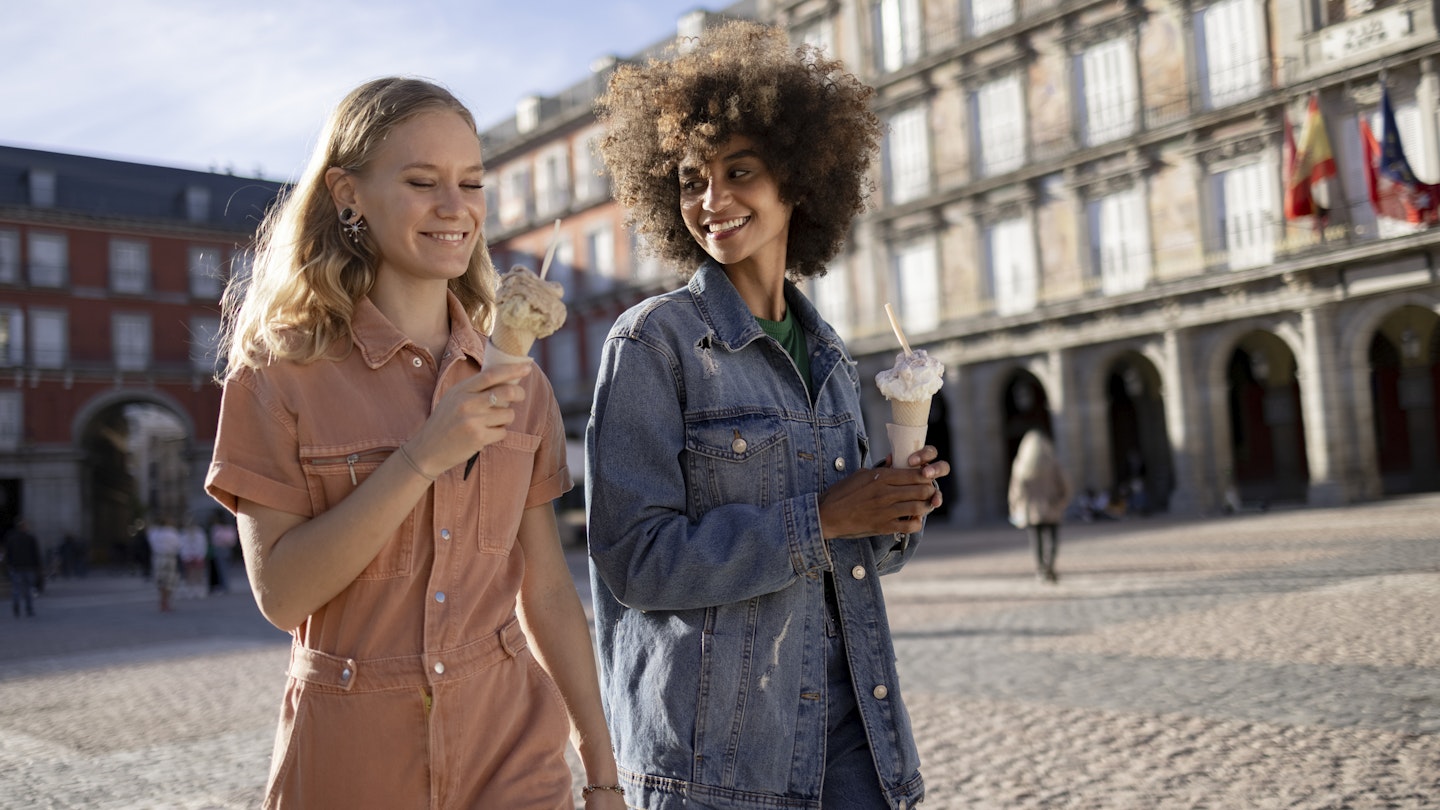The Ultimate Guide to Visiting Madrid Throughout the Year
Visitors coming to Madrid for a bit of winter sun often get a surprisingly chilly reception. Madrid, perched at 657m (2155ft) above sea level, is Europe’s highest capital city after Andorra. This elevated position means that while it’s invariably sunny, in winter, temperatures are not much warmer than those in northern Europe. Therefore, even on crystal-bright December days, you’ll need a bulky coat to protect against the icy winds whipping off the snowy Guadarrama mountains.
Historically, citizens and visitors alike complained that these chilly winters seemed endless, leading to a popular saying about Madrid’s “nine months of winter and three of hell.” While the last is still somewhat accurate, these days it’s common to walk around in short sleeves during the spring and autumn. Nevertheless, it’s advisable to wrap up first thing in the morning and just after sunset.
Understanding Madrid’s Seasonal Changes
During the fiercely hot summer, many residents flee to the mountains or beaches. If you can handle the heat and don’t mind that many shops, restaurants, and bars close down, the city can be blissfully quiet. Even in August, the busiest month for tourism, major attractions remain open, and there’s a consistent stream of tourists due to the city’s world-class art galleries and museums.
When’s the Best Time to Visit Madrid?
Spring is arguably the best time to visit Madrid. It is marked by the blooming of pink almond blossoms from February to early March. Visitors who don’t mind a nip in the air can enjoy these beautiful blossoms in Retiro’s almond orchard or the garden of Quinto de los Molinos. The flush of pink petals sets the stage for a vibrant display that continues into April and May with hibiscus, gardenias, and roses blossoming in full glory.
Mid-May brings the Fiestas de San Isidro, where red carnations bloom and festivities abound. Chulapas in polka-dot dresses and chulapos in checkered caps fill the city as they dance and celebrate the patron saint. If you love lively events, this weekend is perfect for you. However, if you prefer to visit historic sites like Plaza Mayor without the crowds, consider choosing a different date.
What Are the Hottest Months in Madrid?
In July and August, temperatures can reach as high as 40°C (104°F). This dry heat can be overwhelming for those unaccustomed to it, so opting for accommodations with air conditioning is advised. There is some respite in the mornings as mountain breezes cool the city overnight. Therefore, if you visit during this time, it’s best to explore early in the day and return before the scorching afternoon heat sets in.
August tends to be the quietest month during summer, although many businesses may shut down for the season. Be aware that construction work can ramp up during this period. Still, there are local festivals to enjoy, including the Virgen de la Paloma on August 15, a vibrant celebration where chulapas and chulapos showcase traditional dances.
When Is Madrid at Its Busiest?
With a busy social calendar, it’s beneficial to check events in advance if you prefer to avoid crowds. Key events include Real Madrid matches at Santiago Bernabéu Stadium and major happenings at IFEMA, particularly the Madrid Open tennis tournament and the Fiestas de San Isidro.
The largest Pride festival in Europe, Madrid Orgullo, takes place in late June or early July. This vibrant event highlights the significant progress made in LGBTIQ+ rights and attracts large crowds. If you plan to attend, ensure you book accommodations well in advance.
High season in Madrid spans June to July, leading to increased accommodation costs during this period. December is also busy due to the festive atmosphere, complete with Christmas markets and sparkling lights, best appreciated from an open-top bus. Seasonal attractions include exquisite nativity scenes and outdoor skating rinks.
When’s the Cheapest Time to Go to Madrid?
Aside from the Christmas season, winter from November to February offers the most budget-friendly options. Though these months can be chilly, the weather tends to be dry and sunny. Visitors can enjoy Madrid’s signature cocido, a warming stew made from chickpeas, blood sausage, chorizo, and vegetables, to combat the cold.
After New Year’s, the city is at its quietest as locals recover from holiday festivities. This period may also allow for opportunities to ski or snowboard in the nearby Sierra de Guadarrama mountains. Lastly, February brings the very first hints of spring with almond blossoms lighting up the city’s streets with vibrant pink hues.

This article was first published Apr 29, 2021 and updated Jun 12, 2023.





